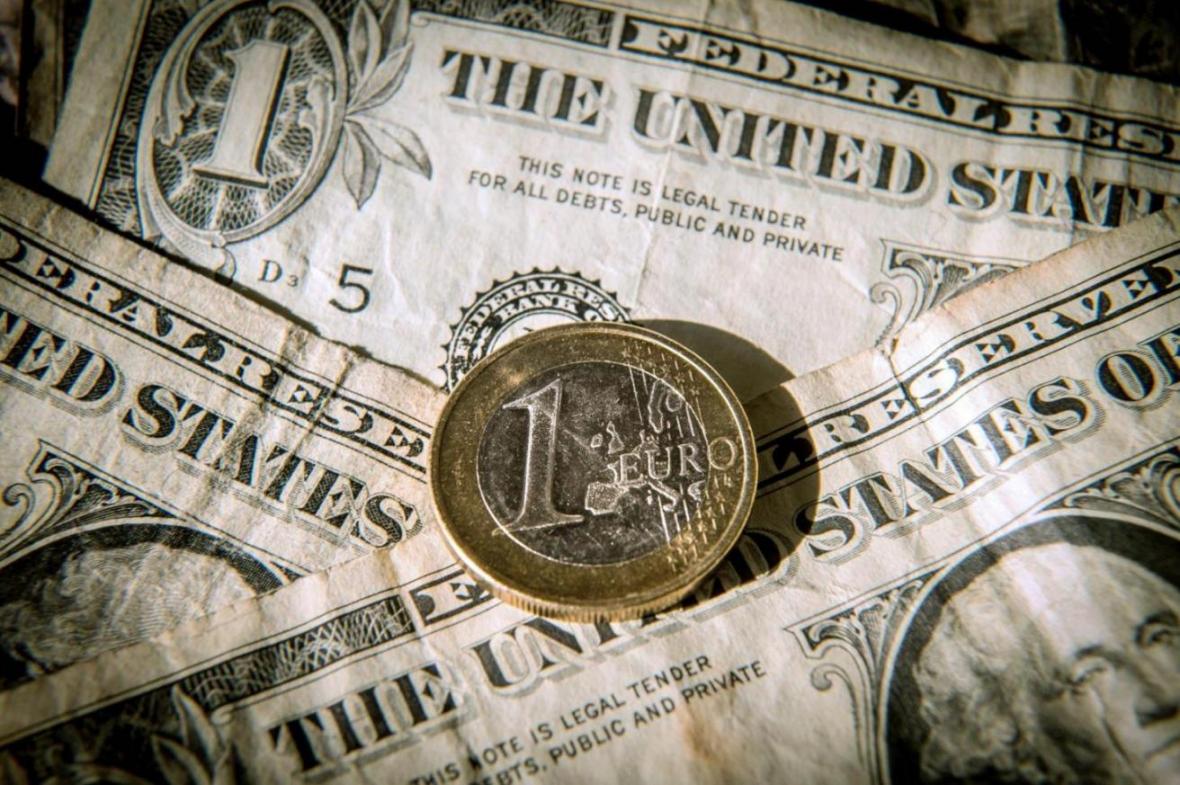The US dollar continued its weekly surge against the rial to hit a five-month high in the free market.
As of 1010 GMT, the greenback was traded at 34,200 rials at bureaux de change across Tehran—the highest rate since the start of the fiscal year (started March 21)—but the rate posted on Gems and Jewelers Union was slightly lower at 34,070 rials.
The figure shows that the dollar rate increased 550 rials or 1.64% in one day.
According to the union's website, by 1010 GMT, the euro was traded at 39,700 rials, up from 39,800; pound sterling at 53,500 rials, up from 53,400; and the Emirati dirham at 9,380 rials, up from 9,250.
Despite its rise in the early hours, exchange rates gained lost ground later in the day.
Benchmark bullion coin Azadi slumped 0.43% to 9,240,000 rials by 1103 GMT. The slide was in part triggered by bearish sentiments in the global gold market.
Gold continued its recent retreat from a seven-week high reached at the end of last week – despite volatile trading on equity markets. The Wall Street Journal speculates that the shift may be the result of an improving view of the US economy.
Dollar's Official Rate
The official, subsidized dollar rate also gained new territory by reaching 29,890 rials, which means the official rate is closest to crossing the rubicon and reach the landmark rate of 3,000 rials.
Central bank officials hope to adopt a floating exchange rate but the closer the gap between the official and market rates is, the easier it will be for the government to implement the decision.
Iran reverted to a multiple exchange rate system following the intensification of sanctions between 2010 and 2012, which barred the central bank from its overseas assets and made it impossible for the bank to stop the rial's depreciation against all major currencies.
In a dual exchange rate system, there are both fixed and floating exchange rates in the market. The fixed rate—offered by the central bank—is only applied to certain sections of the market, such as "essential" imports and exports. In Iran the market rate is decided by bureaux de change, mainly situated on Tehran's Ferdowsi Street.
Rally to Unifiy Rates
The gulf between the greenback's market rate and its official rate has been gradually narrowing since September last year, with the central bank's subsidized greenback gaining 3,400 rials over the one-year period. The difference between the two rates is now less than 12%.
The trend is in keeping with pledges from officials at the Central Bank of Iran who announced decision over the last couple of months to unify foreign exchange rates.
The only obstacle, however, has been nuclear-related sanctions against Iran's banking and financial systems, which are bound to be removed once the July 14 agreement between Iran and major world powers comes into effect.
CBI Governor Valiollah Seif announced in July that the best time to unify the exchange rate system would be when relations with international banks and brokers are restored.
"We will step up to adopt a single forex rate regime within six months after the nuclear agreement takes effect," Seif said.
Rial's depreciation, although detrimental to importing sector, is considered by many experts necessary to prop up domestic manufacturing. Pundits confirm, however, that the central bank will have to unify foreign exchange rates if it seeks a stable currency market.
No Twist of Fate
While the greenback's rally might have taken some investors by surprise, the market mostly embraced the news with sangfroid.
Hojjat Ramezanzadeh, a bureau de charge operator on Mirdamad Street (an upscale business district in Tehran), told Financial Tribune that the dollar's rally had no particular reason and was merely the result of "supply and demand."
"Although this was rather predictable, we do not expect the surge to continue," Ramezanzadeh said. "That would not simply make sense unless something out of the ordinary happens."
About the concurrent climb of the official dollar rate, Ramezanzadeh was skeptical that it would be a game changer in closing the gap between the market rate and the official rate.
"If both figures continue to climb, they will never reach an equal point, unless one pauses and the other catches up," he maintained.
The continued devaluation of the rial has defied predictions by pundits who expected the currency to climb against foreign currencies following the nuclear accord. Some have even suspected government intervention to weaken the national currency.
Economy Minister Ali Tayyebnia, however, denied the government plays any part in the foreign exchange market and said the rates reflect "economic realities."



